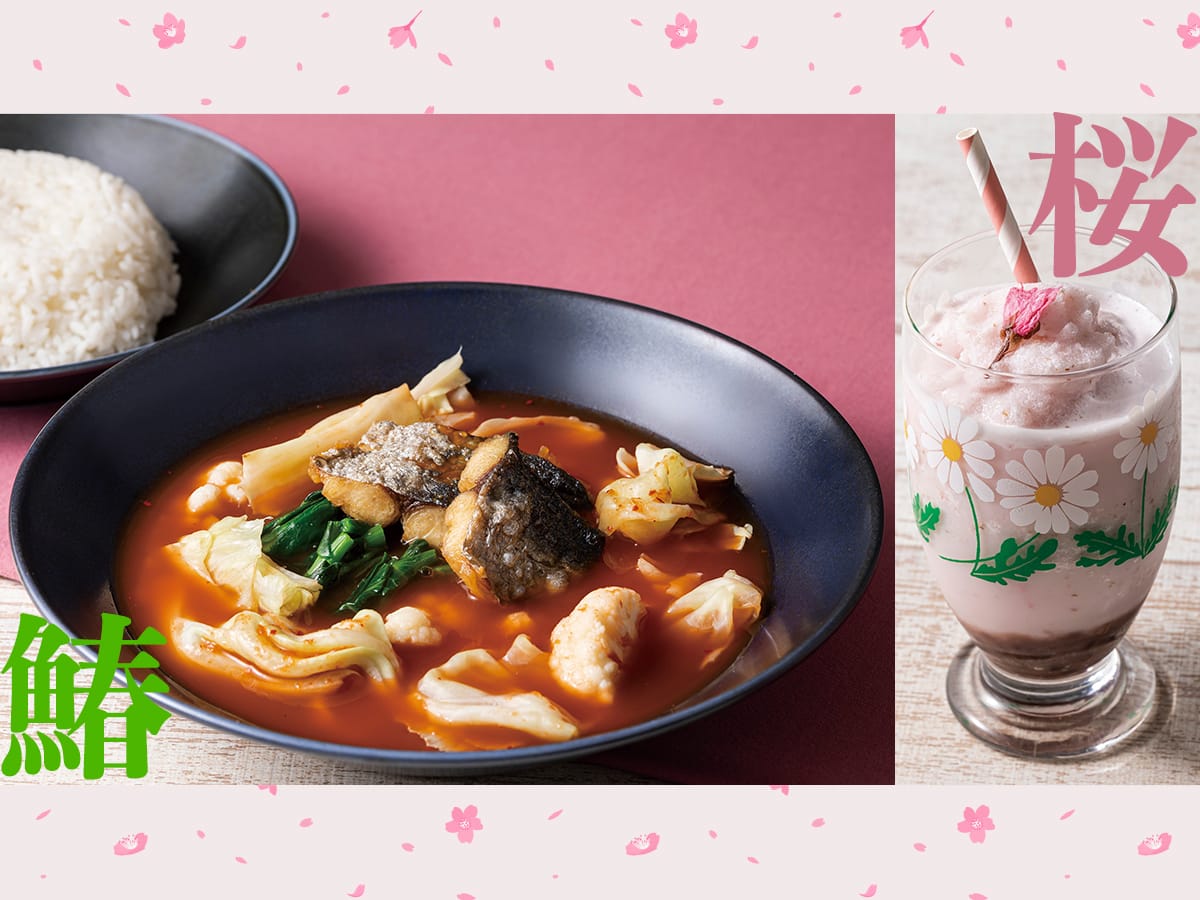
Source: © PR Times, Inc.
Spring kanji foods unite at Tokyo’s Mango Tree Cafe for sawara soup curry and sakura smoothies
- Tags:
- fish radical / Japanese seerfish / Kanji / Mango Tree Cafe / Sakura / sawara / Spring
Related Article
-
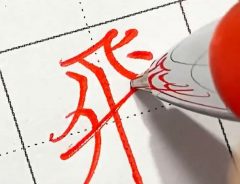
Japanese calligraphist shows how you can write gorgeous kanji with a cheap pen
-
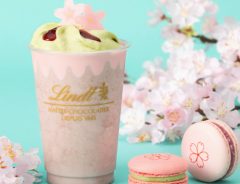
Lindt Japan Unveils Cherry Blossom Chocolate Drink to Rival Starbucks’ Sakura Frappuccino
-
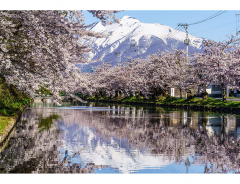
8 stunning sakura photos taken in Aomori that make us miss cherry blossom season already
-

Japanese boba stand unveil peach latte sakura bubble tea for cherry blossom season 2021
-
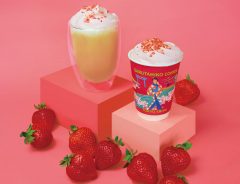
Japan’s artisanal Sarutahiko Coffee releasing Flower Strawberry Latte for spring
-
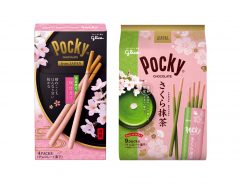
Glico brings back sakura and sakura-matcha Pocky flavors for an early taste of spring


With spring just around the corner, many Japanese srestaurants, sweets shops, cafes and drinks stands are thinking of various ways of marking the occasion. As our readers have surely noticed through the flurry of goods and menu items we have been introducing lately, adding something related to cherry blossoms, either in shape, color or flavor, is the most common approach.
However, as popular as it may be, sakura hardly has a monopoly on spring associations. Another way of celebrating the season is to mine the rich field of kanji characters for inspiration. Specifically, it is considered seasonally appropriate and desirable to feature the kanji for spring, 春 haru.
For example, the fish known in Japanese as sawara is written with the fish 魚 radical at left, and 春 at right, forming 鰆. This fish, called Japanese Spanish mackerel or Japanese seerfish (Scomberomorus niphonius) in English, has its peak season in Spring in the Kansai region and earlier in winter in the Kanto region.
If you're studying Japanese or are interested in kanji, scroll down to the bottom of this article where we introduce other fish with seasonal kanji in them.
Mango Tree Cafe's Sawara and Sakura Menu
Mango Tree is a chain of Thai restaurants founded in Bangkok in 1994 and with branches in London, Dubai, Hong Kong and Japan, where they have several branches throughout the country.
At Mango Tree Cafe locations in Japan, the menu now features both sawara and sakura, so guests can mark the occasion and enjoy spring flavors.
© PR Times, Inc.
Japanese Seerfish and Spring Vegetable Sour Soup Curry "Gaeng Som": 1,100 JPY
Tamarind, a fruit often used as a sour seasoning in Southeast Asia, is matched with the spiciness of chili peppers to create a refreshing soup curry with the elegant and light flavor of Japanese seerfish and plenty of spring vegetables such as canola blossoms and spring cabbage.
© PR Times, Inc.
Japanese Seerfish Special Plate: 1,750 JPY
This special plate features Japanese seerfish and spring vegetable soup curry, a traditional Thai dish of Japanese seerfish wrapped in bai thong (banana leaves), fried chicken with a mildly spicy tom yum flavor, and lychee jelly with cherry blossoms.
© PR Times, Inc.
Frozen Cherry Blossom Juice: 690 JPY (250 JPY as menu addition)
The perfect spring dessert, this smoothie combines frozen coconut milk juice with seasoned cherry blossom petals on a bed of red bean paste, and topped with a cherry blossom petal.
© PR Times, Inc.
Availability
You can order this special sawara and sakura Spring menu from March 1st, 2021, at the following locations:
For more information, visit the official Mango Tree website (Japan) here.
Fish kanji of the four seasons
We've already introduced 鰆 which contains the kanji 春 for spring. But what about the other seasons, you ask? Are there kanji for fish in Japanese which use the other three seasons?
Let's start from fall. Fall, or aki 秋 in Japanese, actually appears in two names of fish, one of them within the same kanji, and one of them as part of a three-kanji compound. The first one is called kajika in Japanese, and written with the fish 魚 radical on the left and fall 秋 on the right, to form 鰍. Known as Japanese fluvial sculpin (Cottus pollux) in English, it is considered to be one of the delicacies of autumn.
The second one is more famous. Written 秋刀魚, and pronounced sanma, the first kanji is fall, the second is katana, and the third one is fish. This is the Pacific saury, also known as the mackerel pike (Cololabis saira), and you'll often find it grilled in Japanese restaurants and commonly served at home. It's one of the most famous foods of fall in Japan, and there are festivals devoted to it, such as the Meguro Sanma Matsuri in Tokyo.
Next is winter.
Yes, there is a fish known in Japanese as konoshiro, written with the fish 魚 radical and the kanji for winter 冬 fuyu to form 鮗. In English, it's called konoshiro gizzard shard or dotted gizzard shard (Konosirus punctatus). It fattens in winter, which is the season when it's most appreciated.
We'll skip spring, so then, that leaves summer.
This is where our luck runs out. There is no single kanji with a fish radical and natsu 夏, meaning summer. However, we can tell you about the next best thing. Written with the two kanji separately as 魚夏, the compound is pronounced wakashi. You've probably heard of its mature form, known in English as yellowtail or Japanese amberjack (Seriola quinqueradiata). The wakashi is a young yellowtail, and is fished most predominantly in the summer.
The next time you visit a sushi shop, you may find a tea cup with numerous fish radical kanji written on it. If you love kanji, it's a great way to learn them.
Hanasaki Kazunari | © PIXTA